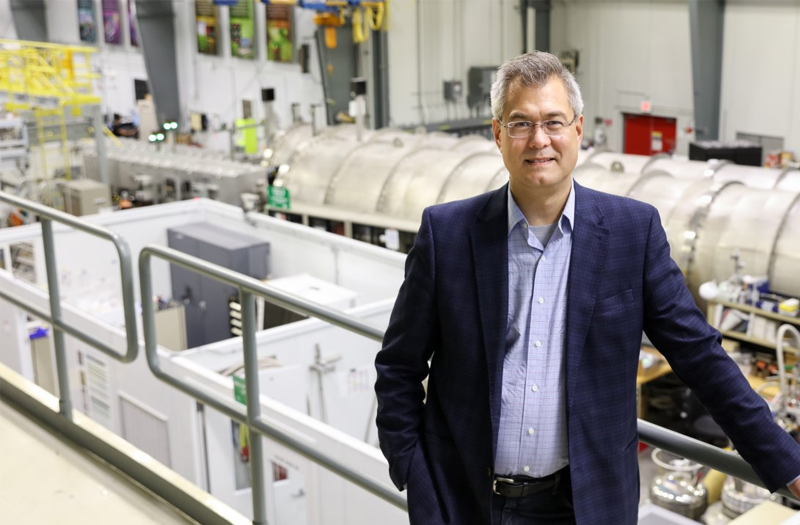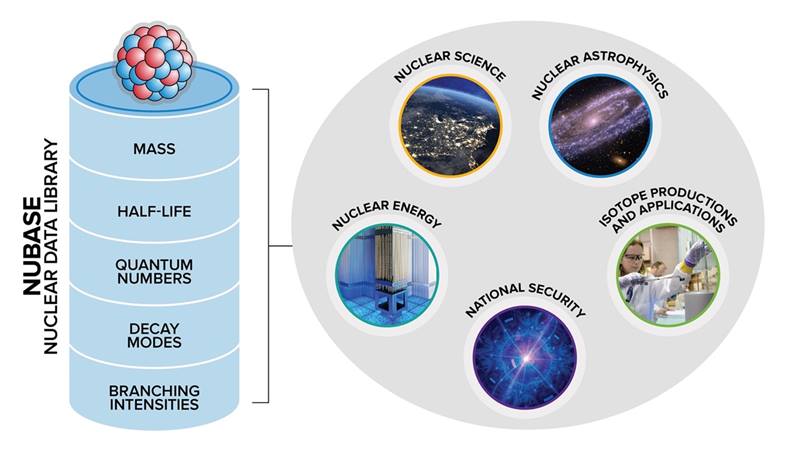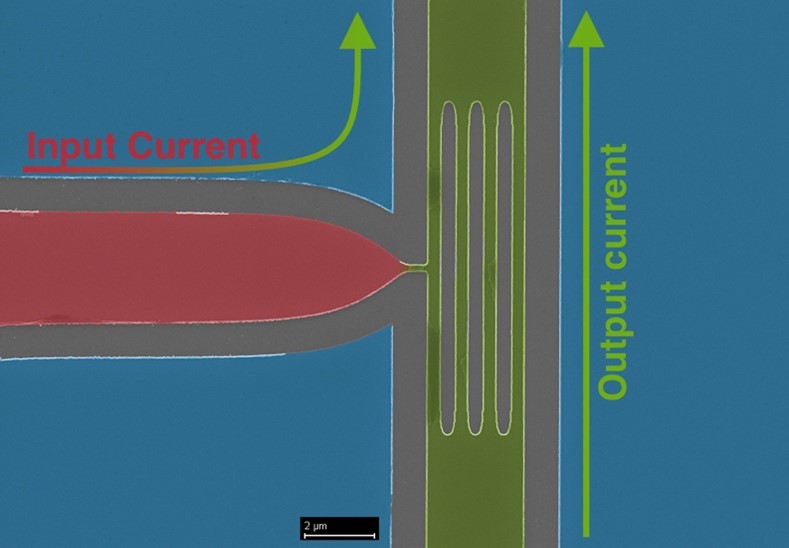Andersen divides his time evenly between SNS and HFIR to ensure both facilities receive his fullest attention. It’s exciting to him, he says, to think about how very different technically the facilities are from each other, yet they essentially do the same thing: deliver world-class capabilities for solving the most important science challenges of our time.
“The pandemic taught us a lot about working together and overcoming obstacles. One thing it forced us to do was find new ways to produce science and continue helping researchers find solutions to their problems. As a result, we came up with the remote user program which enables researchers to conduct and monitor their experiments from a satellite location. With the resumption of normal operations, remote access capabilities is now just one more way we’re helping users meet their needs—but there’s certainly no substitute for the satisfaction that comes with seeing users at the beamlines and interacting with some of the most brilliant minds from around the U.S. and abroad.”
Users from industry, academia, and government come from all around the world to use the instruments at SNS and HFIR. There are three basic techniques to neutron scattering, depending on the material and the kind of information that’s being obtained—diffraction, spectroscopy, and imaging.
Diffraction is used to reveal the location of atoms and molecules, how they’re arranged, and the distance between them. Spectroscopy tells researchers how atoms are behaving based on the particle’s atomic vibrations or quantum excitations. Neutron imaging generates images to study applications in additive manufacturing (also known as 3D printing), geosciences, biology, energy, and transportation.
“These days many experiments take place in conditions which mimic ’real-life’ industrial processes or other ’in situ’ situations—seeing how materials behave in the environment in which they are intended to be used, e.g., looking at a battery electrode material within a functioning battery, rather than as a separately provided sample of material.
“We are also pushing the boundary on modelling as we perform the experiment. Unlike many other microscopic probes, neutron scattering data can be entirely calculated from the ground up, so to speak, if you think you understand your system.
“That means that in principle you can make real-time comparisons between what you are measuring and what you think you should be getting, based on your level of understanding,” explains Andersen.
“That would be a tremendous leap forward and requires serious coupling of neutron experiments with high-performance computing and the right software.”
Andersen says he’s been fortunate to have been given great advice from a number of mentors throughout his career, and in turn he’s passed that advice to others—advice such as being respectful of others’ skillsets and differences and working together as a team.
“We’re able to solve complicated problems through diversity, and we would utterly fail as an organization if we only valued one type of person or one type of profession.
“The other advice I give is not to be afraid of going outside of your comfort zone. That is how you learn. My old PhD supervisor described it as walking out into a swamp. You feel like you’re struggling and sinking in as you move forward, but when you look back, you see the swamp has turned to dry land behind you.
He also got great advice from his predecessor, Paul Langan, during the overlap in his transition to ALD.
“The main one Paul gave me, which admittedly I still struggle with, is to never lose sight of the big picture. Every day brings urgent and detailed challenges to deal with, but make sure you make the time and keep your energy to deal with the longer-term strategic issues.”
In Fiscal Year 2021, our 28 user facilities welcomed more than 33,000 researchers from academia, industry, and government research enterprises from all 50 states and the District of Columbia to perform scientific research. For details on the individual Office of Science User Facilities, please go to https://science.osti.gov/User-Facilities/User-Facilities-at-a-Glance.
Please go to Profiles of User Facilities Directors to read more articles on the directors for the Office of Science user facilities.
The Office of Science is the single largest supporter of basic research in the physical sciences in the United States and is working to address some of the most pressing challenges of our time. For more information, please visit the Office of Science website.




